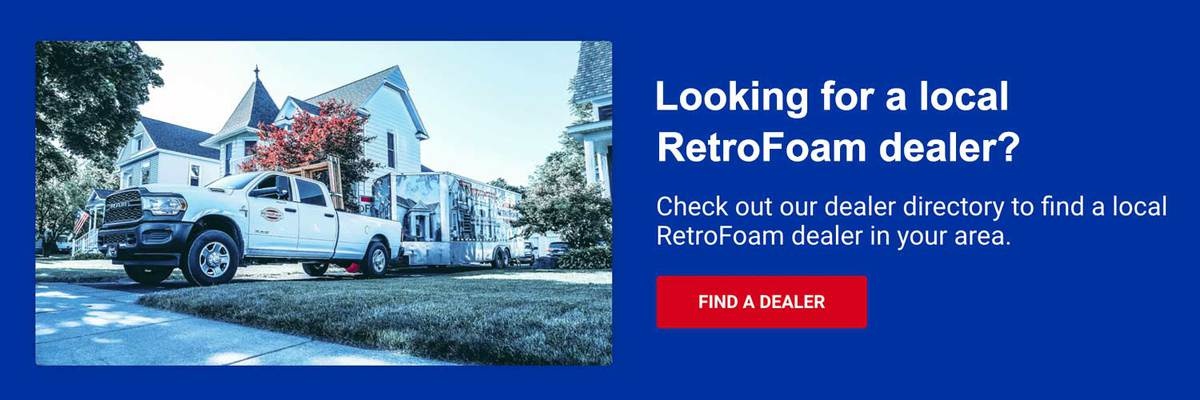Insulating Concrete Block Walls with RetroFoam
injection foam insulation | RetroFoam insulation | existing wall insulation | Installation


How is RetroFoam Insulation Installed in Concrete Walls? (Quick Answer)
Accessing the cores of your concrete block walls is the key to adding injection foam insulation. The installer will drill holes in the middle to get to those cores. The foam is then injected into the drilled holes, filling the cores, and the holes are then filled with mortar.
Let’s do a deep dive into the process of RetroFoam as block wall insulation.
Cement block walls, concrete block walls, or cinder blocks – they’re the same thing, and in your case, those existing walls need insulation.
You’ve landed on injection foam insulation as the best solution for your comfort and energy efficiency issues related to your existing walls. Whether it’s your existing house or commercial building, those block walls need insulation, so you’ve decided to go with RetroFoam insulation.
RetroFoam works great as block wall insulation because it creates an air seal that stops air movement. You know all about its incredible benefits for your home, but you’re not 100 percent sure how it’s installed in cinder block walls.
Don’t worry. We’ve got you covered and will explain the installation process for injectable foam as cinder block insulation.
Insulating Cinder Block Walls with RetroFoam Insulation
Injectable foam insulation for existing homes with concrete block walls will create an air barrier that makes your house more comfortable and energy-efficient.
For existing concrete block walls, ⅝-inch holes are drilled in the middle of the wall into the cavities left open by lining up the blocks’ cores. Holes are also drilled at the top of the cavity if the walls are taller, like in a commercial building, to ensure the cavity is completely filled.
The great thing about injection foam insulation is it will fill those cores and even those tiny crevices left open when the walls were mortared together.
When the mason put the walls together, they only mortared the long sides of the block, leaving openings in the middle and the shorter ends. Air leaks through these small openings.
Once the foam has been injected into the block cores, the mortar is used to fill the drilled holes.
Learn More About Foam Insulation for Concrete Block Walls
Now that you understand how RetroFoam home insulation is installed in concrete block walls, you might be yearning to learn more about it or how you can find a dealer in your area.
To find your local RetroFoam dealer, check out the Dealer Finder on our website. To quench the knowledge thirst you’re feeling, check out our Learning Center.
Related Articles
Essential Tips for Buying RetroFoam Insulation
How Do RetroFoam Installers Know the Cavity is Full When Insulating Existing Walls?
About Amanda Emery
Amanda previously has worked as a breaking news and crime reporter, TV news producer, and editor. As a journalist, she has won several awards from The Society of Professional Journalists - Detroit Chapter and the Michigan Press Association. Amanda uses her experience as a journalist to write content that will help educate homeowners on foam insulation benefits. When Amanda isn’t writing, she’s spending time with her husband Chris, daughter Lilith-Maeve, and rescued huskies Danger and Wendigo. She also loves knitting, making art, and cooking.



